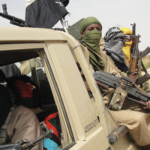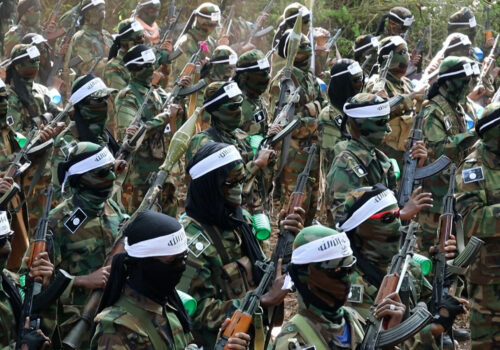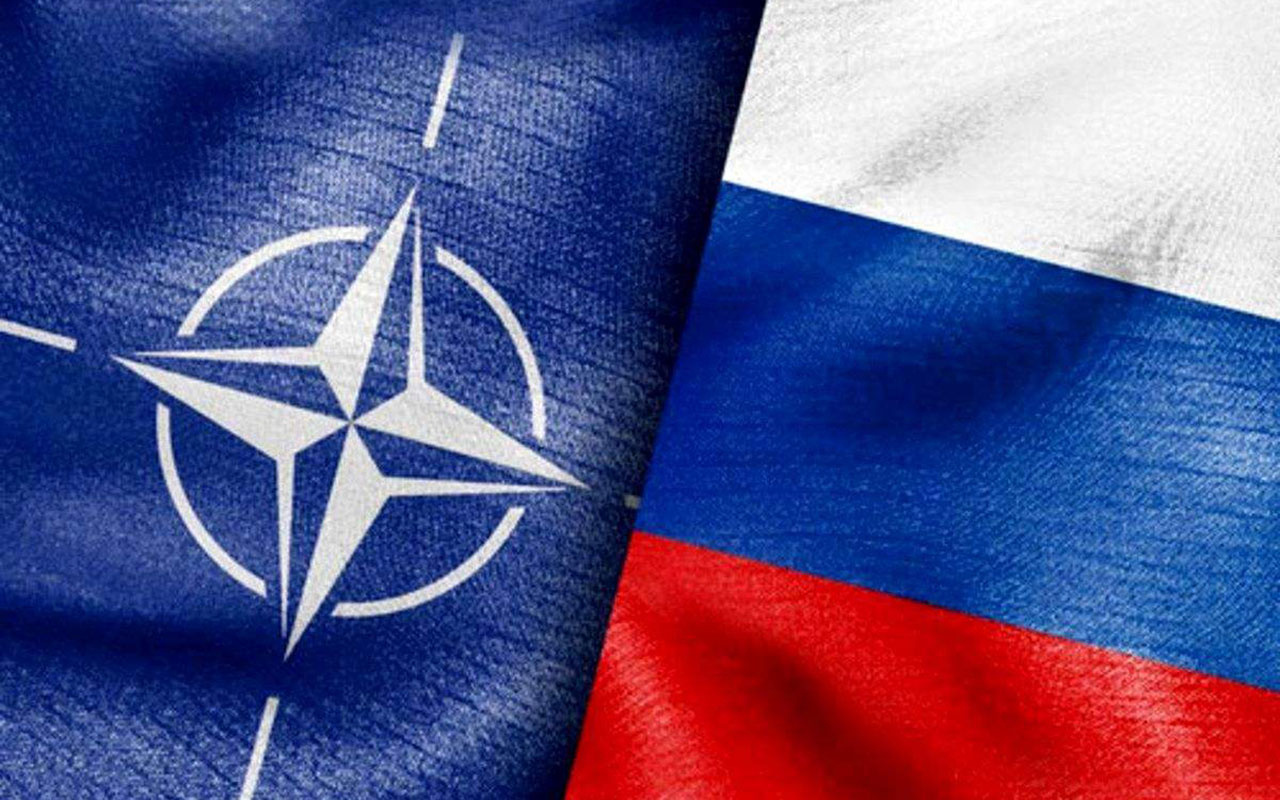Ismail Haniyeh, the head of Hamas’ political office, was assassinated in Tehran while staying at the IRGC guest house. How this sensational assassination will change the nature of the hottest conflict in the Middle East now remains to be seen. Because change is inevitable. For it is part of an Israeli-targeted, strategically specific “hunt” that the Israeli military and intelligence authorities have been pursuing for nearly five months. This is clearly the result of Israel’s policy of decapitation. Decapitation is the non-surgical separation of the head from the body.
With the development of autonomous signalling technology combined with weapons technology, decapitation has become the main practice for states to eliminate the leadership of an organisation for it to lose its strategic integrity.
After the start of the Gaza war, Netanyahu identified all Hamas leaders as targets. Chief among them was Yahya Sinwar, the mastermind of the 7 October Aqsa Flood attack. Then military commander Mohammed Deif and Abu Ubaidah, the spokesman for the Qassam Brigades in Gaza. Apart from these, some names had been targeted for a long time. Saleh Aruri was one of them. Israel was successful in its attempts to carry out intelligence and military special operations against some of these names.
Aruri was killed in Lebanon in the stronghold of Hezbollah. They never found Sinwar. In the attack on Mohammed Deif on 13 July, Hamas declared that Deif had escaped wounded. Israel announced on 1 August that they had confirmed Deif’s death. In addition, Hezbollah military leaders were added to the Israeli list due to the attacks that began in Lebanon. About 10 hours before Heniye’s assassination, Israel targeted Fuad Shukr, one of the most influential figures of Hezbollah outside Nasrallah, in Beirut.
Why Haniyeh was targeted: Israel's formative decapitation strategy
However, no one thought that Haniyeh would be assassinated while under IRGC protection in the Iranian capital after an official ceremony attended by guests from many countries. Haniyeh was more negotiable than many Hamas leaders. Like Meshaal, he learned of the 7 October Aqsa Flood attack on television at the same time as the Israelis.
It was probably on 7 October that Israel, too, became aware of the divisions within Hamas, which had already been under discussion for a long time. The Qassam Brigades in Gaza and the Hamas leadership in Gaza were now de facto leaders and a rupture with the exiled cadre was taking place.
After the early period of the war, when Israel had consolidated the lines inside Gaza, it began to use the fractures in Hamas to shape the war and the organisation. This is a wise choice for a state, and states are ahead of non-state organisations or terrorist organisations because they use such opportunities effectively.
In this respect, Israel’s targeting of Haniyeh is understandable in terms of Israel’s strategy of formative decapitation. There is a gap between the bureaucratic burden and disorganisation of Hamas’ exiled cadre abroad and the imperatives, priorities and preferences of the leadership concentrated in Gaza and around the Qassam Brigades, and this is how Israel can change more than one process in its favour.
The assassination of Mr Haniyeh as head of the political office will change the direction of the peace negotiations, both for Israel and for Hamas-Qassam. It will give Israel enough time to continue its operation in Gaza to continue its policy of hunting down Hamas leaders in Gaza. At the same time, since the assassination took place in Iran, regional retaliation and repercussions from Iran and its proxy organisations will buy Israel the time it needs – at least until the outcome of the US presidential elections is announced.
Strategy equal to victory: destroying the future and perspective
The decapitation strategy is not always used to destroy organisations. Widening organisational fractures and weakening them through intra-organisational splits are also among the decapitation objectives of states.
While it is relatively easy for organisations such as Hamas/Qassam to maintain their continuity in non-conflict times and to replace a political-military leader who has died or been killed, this situation is quite difficult in conflict processes. In these situations, organisations generally suffer a loss of perspective and must undergo restructuring processes.
These processes result in more crystallised, more action-oriented, radicalised ruptures or changes, where mass support, so to speak, wanes.
In this respect, Haniyeh’s assassination creates a gap in Gaza that is difficult to fill as the fighting and negotiations continue. On the other hand, the assassination of Shukr, the second in command of Hezbollah, Qassam’s closest ally, followed by the assassination of Haniyeh and the confirmation of Deif’s death, may create a problem of cohesion between Kassam-centred Hamas in Gaza and its offices in exile.
It is safe to say that the rift within Hamas will widen in the medium term with the Israeli decapitation on the hot agenda.
On the other hand, Israel’s assassination and the breaking of Heniye’s influence in the West Bank, which made him popular as a political leader, also give signs about the future projection. The assassination of Haniyeh opened an important playing field for Israel in terms of the Fatah-Hamas balance as well as the balance within Hamas.
To understand this, we only need to look at the large survey conducted by the Palestinian Centre for Policy and Survey Research between 22 November and 2 December 2023. According to PSR poll “If new presidential elections were held today and only two candidates, Mahmoud Abbas and Ismail Haniyeh, the voter turnout would be only 53%, and among those who would participate, Abbas would receive 16% of the vote and Haniyeh 78% (compared to 58% for Haniyeh and 37% for Abbas three months ago). In the Gaza Strip, the vote for Abbas stands at 24% and for Haniyeh at 71%, while in the West Bank Abbas receives 10% and Haniyeh 82%. If the presidential competition is between three, Marwan Barghouti, Abbas, and Haniyeh, participation would rise to 71% and among those voting, Barghouti receives 47%, Haniyeh 43%, and Abbas 7%. Three months ago, support for Barghouti stood at 49% and Haniyeh at 36%, and Abbas at 13%.”
It may be useful to analyse the processes of Israeli decapitation operations in the past, which had transformative effects in the long term, as experienced by some figures and their factions in the aftermath.
Between Barghouti and Dahlan
Sinwar’s rise coincided with Khaled Mashaal’s exile; due to Mashaal’s exile, Gaza-based leaders had more influence. Other options have been mooted for some time about the transformative effect of the assassination of Haniyeh, who replaced Meshaal as a political figure both inside and outside Palestine.
The possibility of a leader from Gaza representing all of Palestine is now almost out of the question, at least for the next four to five years.
Although highly respected by Gazan movements, especially Hamas, it is hard to believe that Marwan Barghouti, for some time touted by the media as the Mandela of Palestine, would be able to resolve the problems with the Sinwar clique in Gaza, even if he were to be released and assume leadership.
Although the belief that Barghouti will stabilize Israel – not Palestine – through negotiations and the cessation of hostilities has been voiced due to Barghouti’s more than two decades of captivity, there is no concrete evidence that he will be able to solve the problems between the Fatah movement and Hamas.
On the other hand, there has been no progress in the negotiations for Barghouti’s release. The Fatah-controlled administration in the West Bank has informed the negotiating parties of its desire to release Barghouti outside the prisoner swap.
As the chances of Barghouti’s release have diminished, there have been frequent reports that Mohammed Dahlan, whose name is frequently heard, will head the Palestinian Authority in the post-war period. However, Dahlan said he would reject this offer. However, even without Dahlan, it is also stated that the management committee, which will be formed by the USA, Israel, and the United Arab Emirates from Palestinian leaders and businessmen who will govern Gaza after the war, will be selected from names close to Dahlan.
Conclusion
In this respect, the international agenda is shaped by the environment and alternatives designed by Israel and its allies. The elections that took Haniyeh out of the equation, the power that Sinwar and his clique consolidated in Gaza and exiled Hamas members’ attitude, the Fatah Movement and the Palestinian Authority show that Israel’s decapitation operations are not just a single layer, but a clear part of a shaping project.








